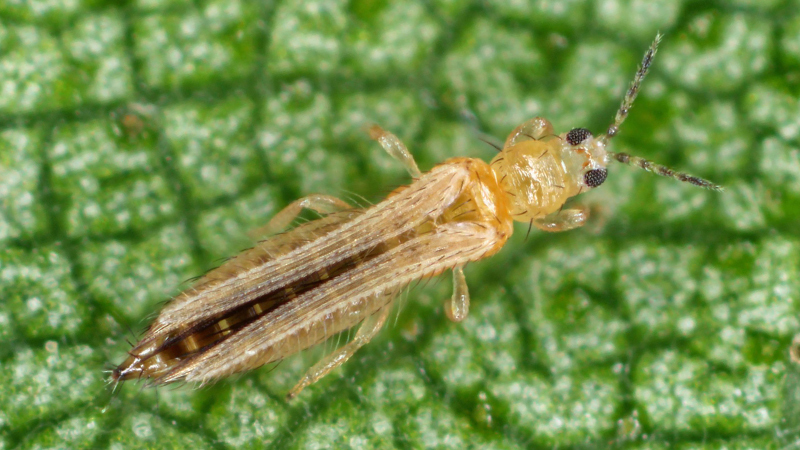A Big Undertaking To Keep Hope Alive for the Corpse Flower
The alien-like blooms and putrid stench of Amorphophallus titanum, better known as the corpse flower, draw big crowds and media coverage to botanical gardens each year. In 2015, for instance, around 75,000 people visited the Chicago Botanic Garden to see one of their corpse flowers bloom. More than 300,000 people viewed it online.
But despite the corpse flower’s fame, its future is uncertain. The roughly 500 specimens that were living in botanical gardens and some university and private collections as of 2019 are deeply related—a lack of genetic diversity that can make them more vulnerable to a host of problems, such as disease or a changing climate.
To combat the lack of genetic diversity in the corpse flower and six other species with shallow gene pools, the Chicago Botanic Garden spearheaded the Tools and Resources for Endangered and Exceptional Plant Species (TREES) program in 2019. The program will see widespread genetic testing across partnering botanic gardens, as The New York Times reported in December. This allows participants to create a database of the plants’ family trees, so to speak, to make more informed breeding choices and increase genetic diversity.
TREES could pave the way for future plant reintroductions into the wild, should any of the seven species continue to dwindle or come too close to extinction, says Jeremie Fant, a conservation scientist with the Chicago Botanic Garden, which leads the efforts for the corpse flower. However, some experts express concern about bringing genetics from foreign-grown plants into their native habitats.









